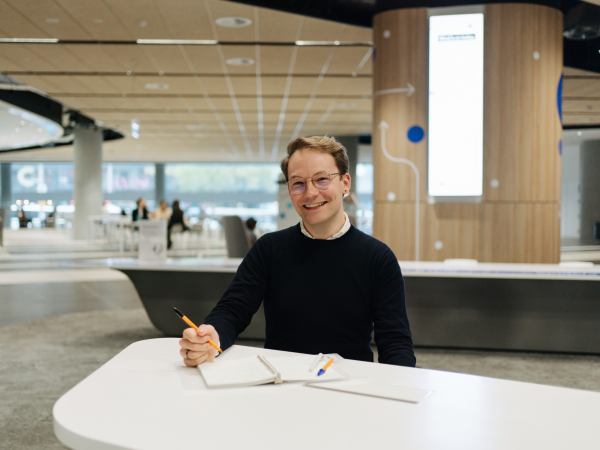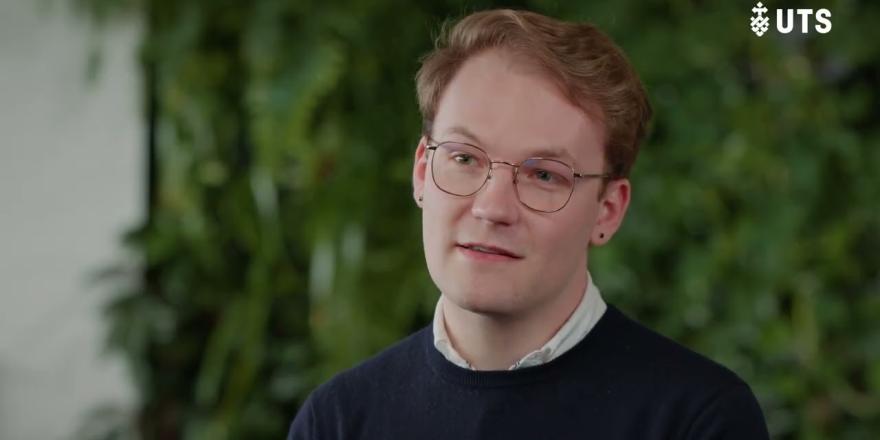
The UTS Young Alumni Committee prepares industry for a generation of impactful graduates
For many students, the university experience can feel somewhat transactional – you study, receive your degree and cut ties with the university as you search for your first job.
However, this type of relationship leaves graduates feeling unsupported and ultimately limits the impact students and the university could have in collaboration.
To provide continuity and nurture strong ties with its graduating students, UTS has a thriving Alumni community, driven by the UTS Young Alumni Committee. The committee consists of up to 12 members, each of whom is appointed for a 2–3-year term. Committee members curate the Young Alumni program and facilitate connections between current students, industry partners and the alumni community.
Currently serving on the committee is Aaron Ngan who completed a Bachelor of Business in 2016 and firmly believes in the broader social impact of the program.
Being part of the Young Alumni Committee means I have the opportunity to continue growing, creating and building even after I’ve graduated. The impact that I‘m able to have as an individual is absolutely amplified through the support that is available via the university.
“UTS is such a large organisation and it is really encouraging to see a big focus on giving people the opportunity to contribute. Because it is a core area of focus for the university, it motivates us to take this on and ask ourselves what can WE do to contribute to our communities around us,” Ngan says.
This is echoed by fellow committee member Ethan Watters who completed a Bachelor of Nursing in 2016 and stresses the importance of considering diverse perspectives and representation when connecting the UTS student community with industry partners.

The Young Alumni Committee is a group of up to 12 people representing all different faculties
across UTS to give a voice to people 35 and under that have recently graduated.
At the Young Alumni Committee, we are really excited to inspire a future where every single
alumni experiences that they can make a difference, that they can contribute, that they can put
on events, that they can actually make that difference to existing alumni, and also to future
generations.
A really great part of the committee is that we have different members from different faculties,
and it gives us the opportunity to have essentially up to 12 different voices around diversity and
inclusion both from a personal perspective, and how that looks in terms of professional
backgrounds or their work environments that we can bring together as part of our strategy and
advice that we give to UTS. Essentially, what the committee aims to do is build a network
around young alumni to help them along their careers. Having a platform for such a great group
of people to come together as the leaders of tomorrow, we can really go anywhere.
UTS is so large and the fact that our social justice and social impact is a core important factor, is
really encouraging to me. The fact that I can jump in and contribute and make a difference. The
fact that any alumni is encouraged to make a difference, I think is where a large scale change
has the opportunity to start. 'Cause it starts with those individual moments. This is a big focus
for UTS, and I think that that's extremely encouraging.
“We aim to have representation from all different faculties, and we place a large emphasis on having a gender balance as well as people from international and local backgrounds to represent the real experience for students,” says Watters.
Watters explains that this is particularly meaningful as it enables workplaces to learn from and adapt to the incoming workforce, while also ensuring graduates feel supported in their transition to industry.
“Representing a diverse cohort allows us to work with industry partners around providing tangible skills and building networks, which can inform practice and work environments,” says Watters.
“This enables us to work with large organisations in harnessing their diversity outreach programs, looking at how they can offer these to the wider community while keeping in mind the intersectional experience of our students,” Watters concludes.
